Dormant live roots ordered now will ship fall of 2025
Blue Cohosh Live Root (Caulophyllum thalictroides), organic
Price range: $7.00 through $38.00
Blue Cohosh (Caulophyllum thalictroides)
A shy plant, these nonetheless will exhibit great vigor. We have received numerous reports of success, including flowering and fruiting within a year of transplant. Our plants for rootstock have attained large size. The dried root is a classic herb for increasing force of contractions during labor—a special ally in a woman’s garden.
Planting Blue Cohosh Roots: Best to plant dormant live roots in the fall for emergence in the spring. May be planted in woodlands, shade garden or in pots. Prefers dappled sunlight over complete shade. Grows best in woodlands under the shade of hardwood trees, not conifers. Choose a place with deep, humusy soil. Organic compost may be added to poor soil in order to improve growth of Blue Cohosh, but if the soil is already a deep forest loam then amending with compost is not necessary. Rake away existing mulch and plant root in the mineral soil, just below the surface, buds up, buds barely covered by mineral soil. Spread out rootlets below rhizome and tamp in firmly. Then cover with mulch, about 2 inches in all. Regular forest mulch, rotted leaves, or coir work well. Commercial bark mulch is not a good choice. Plant roots about 2 feet apart. Water once after planting, after which winter rain and snowfall will keep them sufficiently watered. The roots will overwinter under the mulch and the plant will emerge first thing in the spring. If during the spring and summer the planting becomes very dry (ie no rain for 2 weeks) then it is a good idea to water them. That is all the dare that is usually required. If potting up, use standard potting soil, one root per pot, gallon pot or bigger. Mulch on top of the pot and place in shade garden.
Live root, certified organically grown
Please note: Available within USA only. Ships starting September through hard frost.

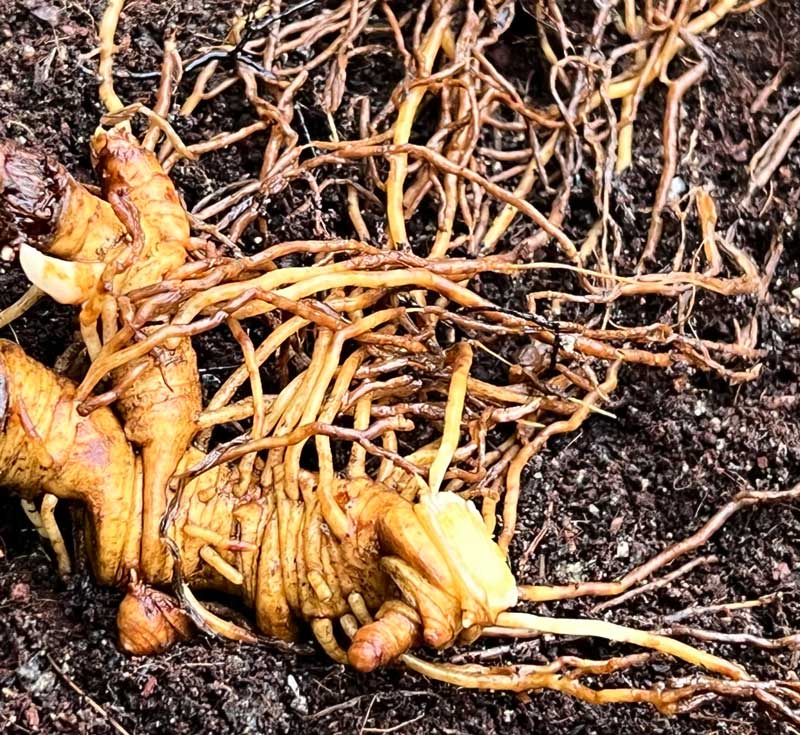
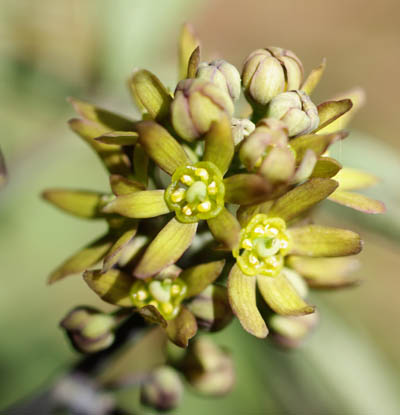

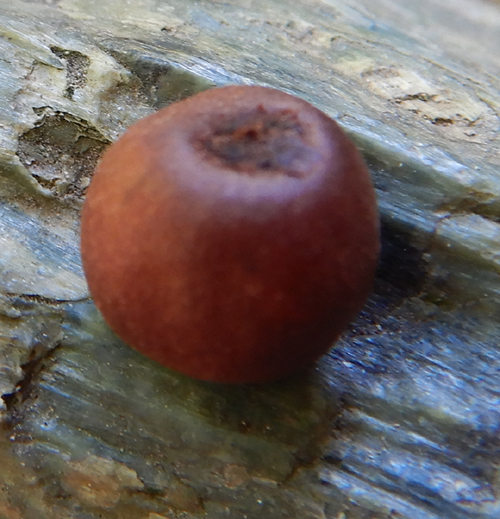
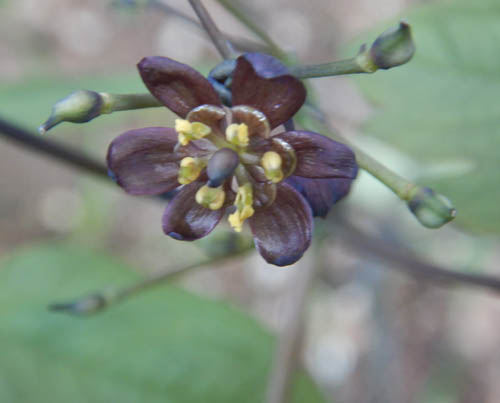

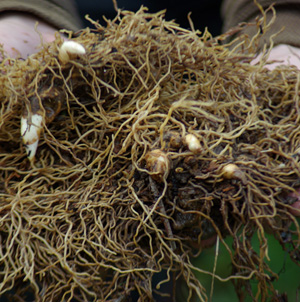
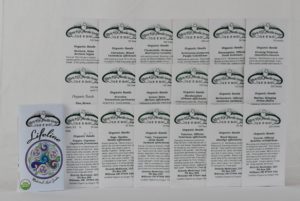
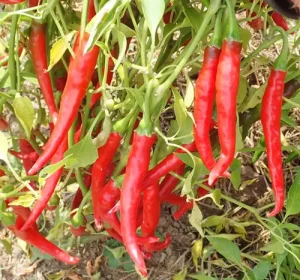
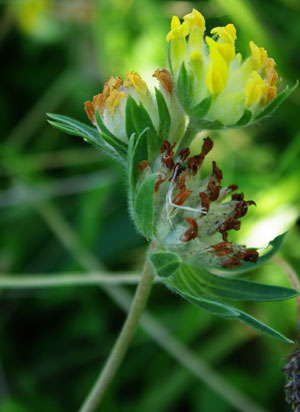

Question
Cara –
Hi, can blue cohosh be grown successfully in a Mediterranean climate? She came up well in the cool of early spring but the first dry heat wave (35c) has scorched all the leaves, despite being in the ground in a shady spot and under extra shade cloth for protection. Not sure if I have a weak plant and should get a stronger variety from you, or if blue cohosh just can’t handle the climate. Any advice?
Thanks heaps
Upvote if this was helpful (0) Downvote if this was not helpful (0) Watch Unwatch Flag for removal
Admin Richo Cech –
Hello Cara,
Even in Appalachia, Blue Cohosh lives in the shadiest and coolest spots in the forest. However we grow it with great success here in a Z7 and we are indeed considered Mediterranean in climate–we grow it down by the creek where it receives only dappled sunlight, and we water during the late spring to summer, when 35 degrees C is considered rather cool, especiually in August! I do think you would have better luck with our very sturdy live roots and recommend them. Think yin, and mulch well with rotted leaves.
Richo
Upvote if this was helpful (0) Downvote if this was not helpful (0) Flag for removal